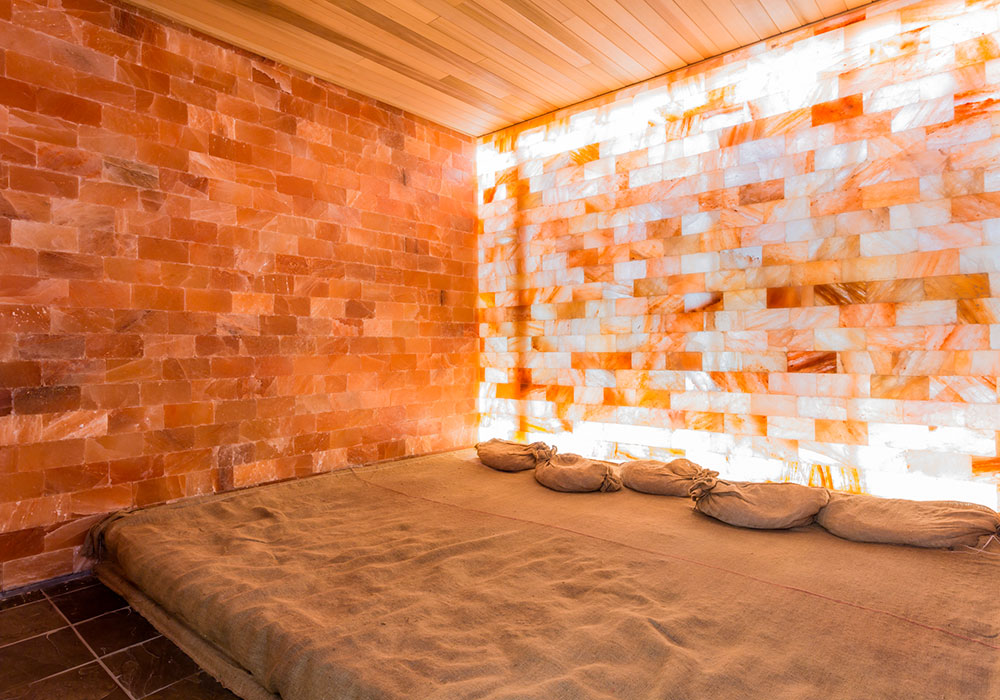Siding is not just a decorative feature; it’s an essential part of your home’s exterior that protects it from the elements and contributes to its overall structural integrity. Over time, siding can become worn, damaged, or outdated, compromising its effectiveness and appearance. Here are some signs that it’s time to replace your siding:
1. Visible Damage
- Cracks and Holes: Small cracks and holes in your siding can allow moisture to seep in, leading to water damage, mold, and rot.
- Warping and Buckling: Warped or buckled siding can indicate moisture damage or an underlying structural issue.
- Fading and Discoloration: Faded or discolored siding can make your home look old and outdated, detracting from its curb appeal.
- Rot and Decay: Rotting or decaying siding is a clear sign that it needs to be replaced to prevent further damage to your home’s structure.
2. High Maintenance
- Frequent Repainting or Repair: If you find yourself constantly repainting or repairing your siding, it may be time for a more permanent solution.
- Pest Infestations: Insect damage, such as termite or carpenter ant infestations, can indicate that your siding is compromised and needs to be replaced.
3. Increased Energy Bills
- Poor Insulation: If your siding is old or damaged, it may not provide adequate insulation, leading to higher heating and cooling costs.
4. Mold and Mildew Growth
- Moisture Issues: Mold and mildew growth on your siding can indicate that moisture is getting trapped behind the siding, which can lead to serious structural issues if not addressed.
5. Curb Appeal
- Outdated Appearance: If your siding is outdated or no longer matches the style of your home, replacing it can dramatically improve your home’s curb appeal and increase its value.
6. Age of the Siding
- Older Than 20 Years: Most siding materials have a lifespan of 20 to 30 years. If your siding is older than 20 years, it may be time to consider replacing it, even if it appears to be in good condition.
7. Damage After Extreme Weather
- Storm Damage: If your home has been damaged by severe weather, such as hail or high winds, it’s essential to inspect your siding for damage and replace any sections that are compromised.
Conclusion
If you notice any of these signs, it’s essential to have your siding inspected by a professional to determine if it needs to be replaced. By replacing your siding when necessary, you can protect your home from water damage, improve its energy efficiency, and enhance its curb appeal. Consider consulting with a professional siding contractor to explore your options and ensure that your new siding is installed correctly and effectively.


